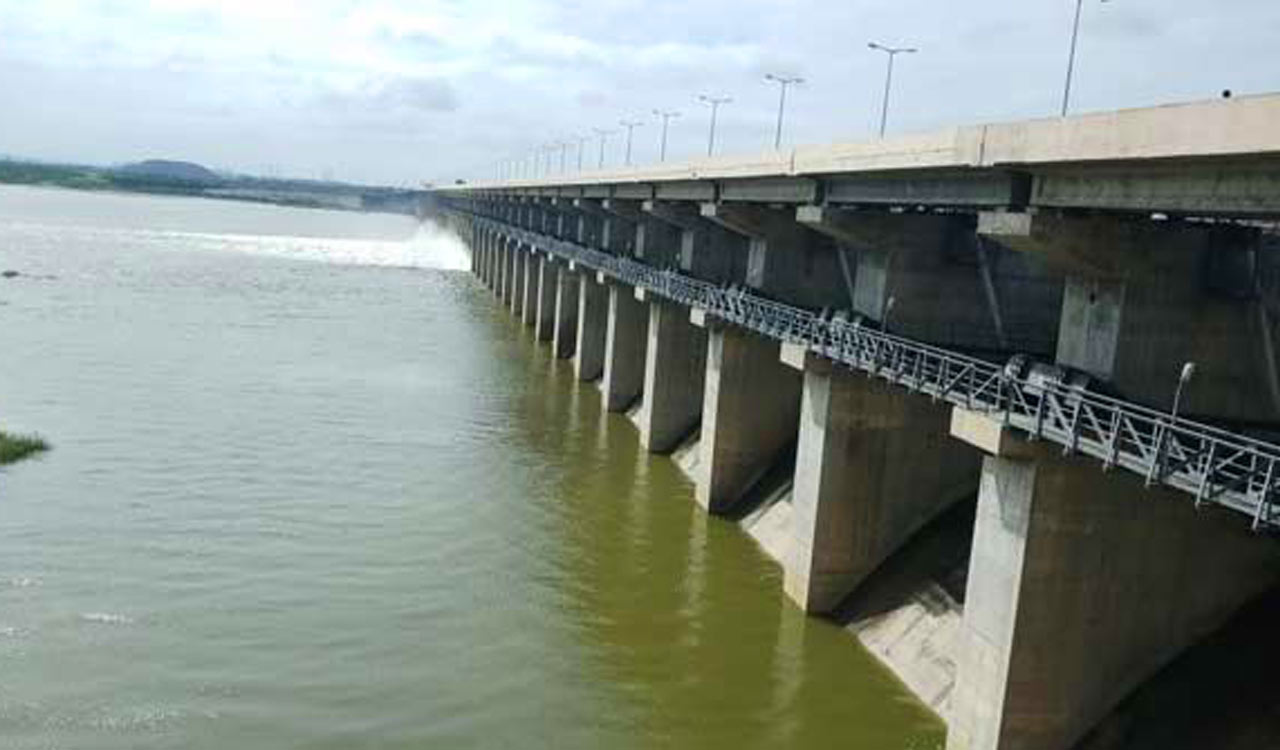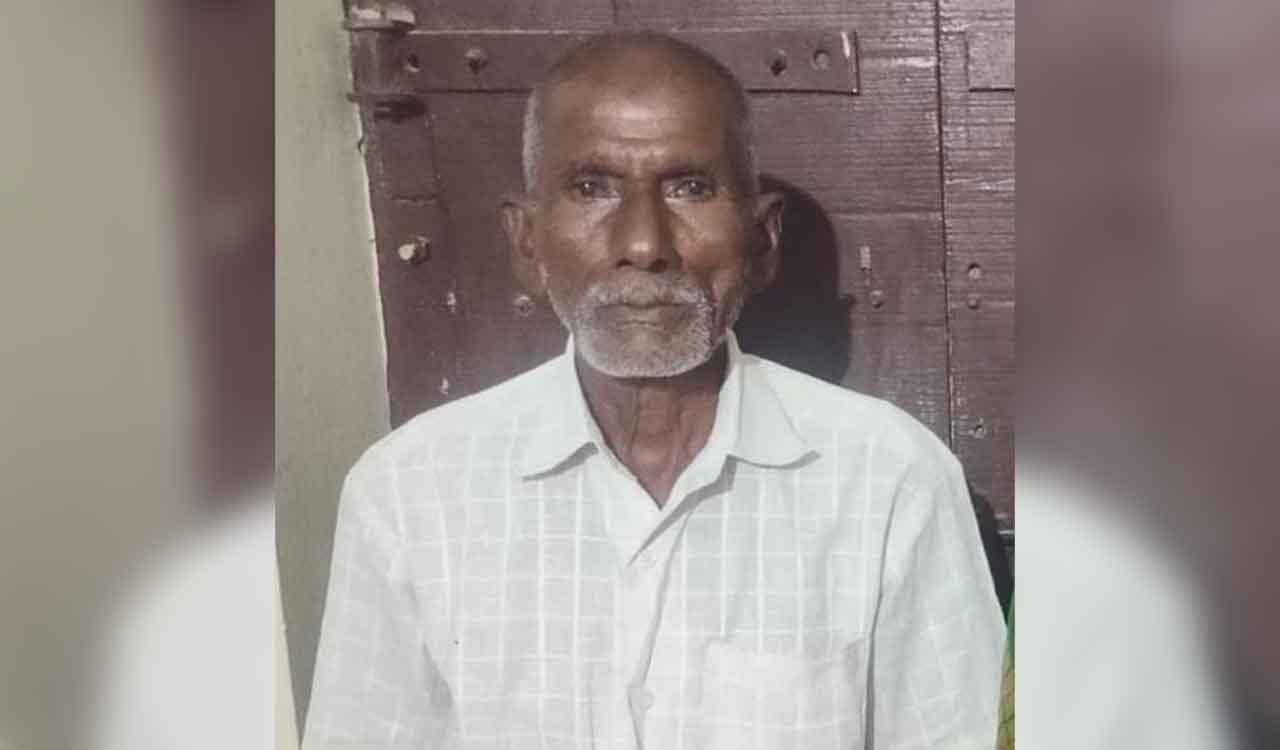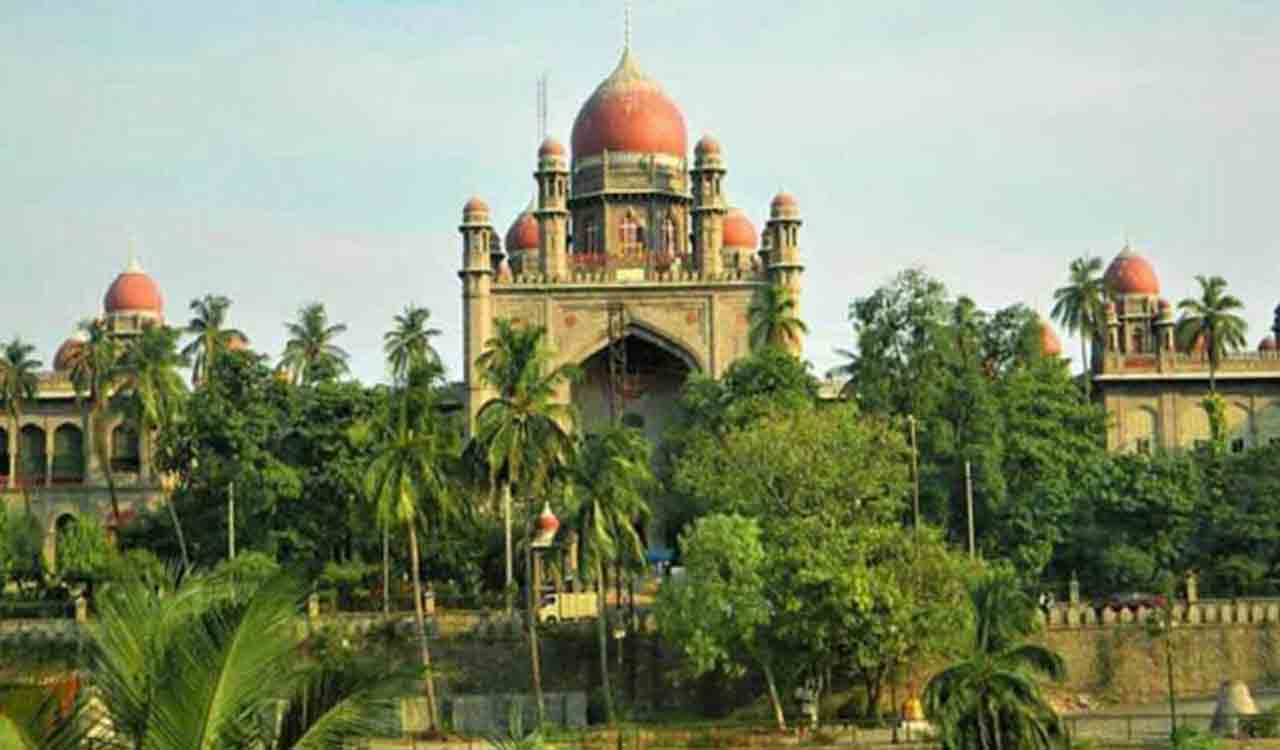Yellampalli with scarce inflows may let down Kaleshwaram ayacut
Giving in to mounting pressure from farmers in its ayacut, pumping operations were resumed drawing water from the Yellampalli reservoir, instead of Medigadda to feed multiple reservoirs that are part of the KLIP network.

Hyderabad: A near normal crop year is expected in the command of almost all the major irrigation projects in both the Krishna and Godavari basins. But what appears to be the notable exception is the Kaleshwaram Lift Irrigation Project (KLIP).
Giving in to mounting pressure from farmers in its ayacut, pumping operations were resumed drawing water from the Yellampalli reservoir, instead of Medigadda to feed multiple reservoirs that are part of the KLIP network. But uncertainty looms large over the scope of supporting such a large ayacut by taking water from Yellampalli which has been receiving inadequate inflows. Pumping operations commenced from the Nandi Medaram pump house less than a week ago resulting in depletion of Yellampalli project considerably. The volume of drawl has been much higher than its average inflows.
Also Read
Yellampalli depleting
The inflows into Yellampalli, which were in the range of 21,600 cusecs on July 28, dipped to 6718 cusecs by Friday (August 2). The storage in the project also had come down from 17 TMC to 15.5 TMC in less than a week.
Cumulative inflows received at Mid Manair Reservoir (MMR) with the support of the pumping operations from Yellampalli is close to six TMC. The net water delivery is only one TMC a day as against the designed capacity of two TMCs. How long Yellampalli reservoir would support the operations is a big question.
The flood in Godavari River, that has been a major concern in both the Telugu States, owed mainly to the Pranahita, a tributary of Godavari. Pranahita was the major source for KLIP. But not a drop of the flood flow from Pranahita could be utilised despite the fact that over 70 to 80 TMCs of water was let off down the river lifting all the gates of Medigadda fully open during the peak floods in July. Almost all the Godavari projects in the upstream points above Medigadda have received significantly low inflows so far this year. Yellampalli is one of them. The scope of receiving adequate inflows into project from the upper basin of Godavari is a remote possibility.
Godavari Upper Basin
The catchment in Marathwada region in Maharashtra contributes significantly to Godavari River flows. Periodic droughts and dry spells are common in the region. They are likely to affect the overall discharge into the Godavari. As many as 11 major reservoirs in the Marathwada region of central Maharashtra are at the risk of running dry as the water storage in these irrigation projects has fallen to alarming low-levels due to low average rainfall, raising fears of an impending water crisis.
According to sources, water storage in some of the major irrigation projects in Marathwada region stood at a woefully low 20.14 percent, while two reservoirs, Kolegaon reservoir in Dharashiv and Majalgaon reservoir in Beed district, have already run dry, with storage at zero level at the end of July. The situation is attributed the water shortage to the low average rainfall which the region has received so far this year.
The Jayakwadi Dam on the Godavari in Chhatrapati Sambhajinagar district, the biggest dam in the region, had only 7.23 percent of water storage, far less that than 30.93 percent of its gross storage capacity on the same day last year.
Multiple projects wait for supplies
In this backdrop, Kharif under the KLIP ayacut is likely to face severe challenges.
Deprived of irrigation support for the Yasangi crop season, farmers under multiple projects in the KLIP network are not ready to forego Kharif too. The only option before them is to hope for adequate releases from the project, or else to pray for the skies to open up to meet their irrigation needs. Nearly 20 small and big projects have been integrated with the KLIP. Of them, Mallanna Sagar is the major one with a gross storage capacity of 50 TMC. Among others, projects such Ranganayaka Sagar (capacity 3.50 tmc), Ananthagiri (capacity 3.50 TMC), Kondapochamma Sagar (capacity-15 TMC), Gandamalla (9.87 TMC) and Baswapuram (11.39 TMC) are likely to let down their ayacut once again unless Medigadda comes to their rescue.
Related News
-
Former Home Secretary Ajay Kumar Bhalla appointed Manipur Governor, Kerala Governor shifted to Bihar
45 mins ago -
Opinion: The China factor in India-Nepal relations
1 hour ago -
Editorial: Modi’s Kuwait outreach
1 hour ago -
Kohli and Smith will be dangerous and hungry: Shastri
2 hours ago -
Sharvari shares her TBR list of romantic book titles, suggested by fans
3 hours ago -
Khammam Congress gaffe: Union Home Minister Amit Shah made ‘Defense Minister’
3 hours ago -
Couple held for theft in Hyderabad
3 hours ago -
KCR extends Christmas wishes to people of Telangana
3 hours ago




